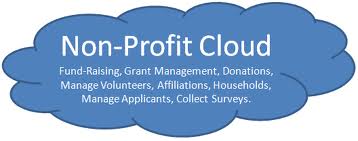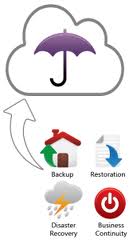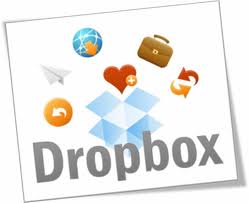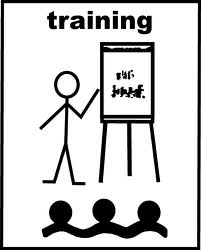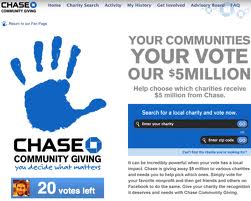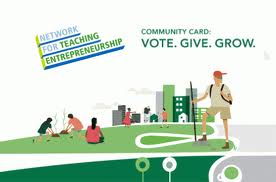 If you are like me, then you have surrendered yourself to Google and have come to accept it as a “sign-of-the-times”.
If you are like me, then you have surrendered yourself to Google and have come to accept it as a “sign-of-the-times”.
- Need to know the best chicken salad recipe? ASK GOOGLE!
- Want to know the store hours for the Thai restaurant in downtown Elgin, IL? ASK GOOGLE!
- How many movies has Samuel L. Jackson appeared in? ASK GOOGLE!
These are all searches I’ve recently conducted (and yes, Samuel Jackson has been in more than 115 movies and still counting). It used to bother me that I was becoming so reliant on Google for even the simplest things, but I am finally at peace with it. The only thing that still bothers me is when I go to Google and it seems to take me forever to find what I’m looking for. However, this may be a thing of the past for non-profit professions now that IdeaEncore exists.
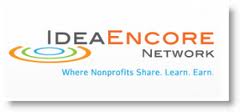 The other day, I went to Google and asked my all-knowing cyber-overlord this question: “Where can I find a resource development assessment?” One of the links took me to an interesting site called IdeaEncore that describes itself as follows:
The other day, I went to Google and asked my all-knowing cyber-overlord this question: “Where can I find a resource development assessment?” One of the links took me to an interesting site called IdeaEncore that describes itself as follows:
IdeaEncore is a user-generated knowledge management and online file sharing system. IdeaEncore offers free and easy registration, online file sharing, some free file downloads and free file browsing. Preview, post, or find documents by browsing user-generated items in our nonprofit resource center.
This looks like a “virtual library” where non-profit organizations and content providers like authors and consultants share resources. After snooping around a little bit, it looks like some of the stuff is free and some of it comes with small download fees. Content areas are diverse including topics such as: fundraising, board development, alumni, outcomes measurement, legal, facilities, alumni, and much more.
When I used to work for my local Boys & Girls Club, I periodically felt bad for other non-profit organizations that didn’t have a national organization working on their behalf. One of the greatest things the national office provided was an online intranet site full of resources . . . manuals, templates, samples, and all sorts of “good-for-you” stuff. As I clicked through the pages of IdeaEncore, I found myself thinking that non-profits without a national organization now have access to something kind of similar.
 Perhaps, now non-profit professionals can stop “re-inventing the wheel” and start sharing resources with each other.
Perhaps, now non-profit professionals can stop “re-inventing the wheel” and start sharing resources with each other.
For a better idea of what you can find on this site, here is a list of “types of resources” that others have uploaded for sharing:
- Agreements / Contracts
- Analyses / Research / Studies
- Articles / Position papers
- Books
- Brochures / Fliers / Viewbooks
- Definitions
- Evaluations / Assessments
- Exhibits / Displays
- How to / Guides
- Law / Regulation / Compliance
- Newsletters / Publications
- Podcasts
- Policies / Procedures / Processes
- Software / online tools
- Surveys / Data collection tools
- Workbooks
- Workshops / Training materials
Apparently, non-profits also can set-up their own “group” with various membership restrictions. This means that non-profits now have the capability of setting up their own file sharing platform for their employees, board members or various stakeholder groups (kind of like an intranet platform but specifically for your own agency).
I typically end my blog posts with a plea asking you to please use the comment box to share your thoughts and wisdom because “we can all learn from each other“. Today, I salute the folks at IdeaEncore because they’ve taken this idea to heart and created a neat platform for people to do exactly that. So, rather than seek your comments today, I am urging you to visit this website, and bear witness to the “power of sharing”.
Here’s to your health!
Erik Anderson
Founder & President, The Healthy Non-Profit LLC
www.thehealthynonprofit.com
erik@thehealthynonprofit.com
http://twitter.com/#!/eanderson847
http://www.facebook.com/eanderson847
http://www.linkedin.com/in/erikanderson847




